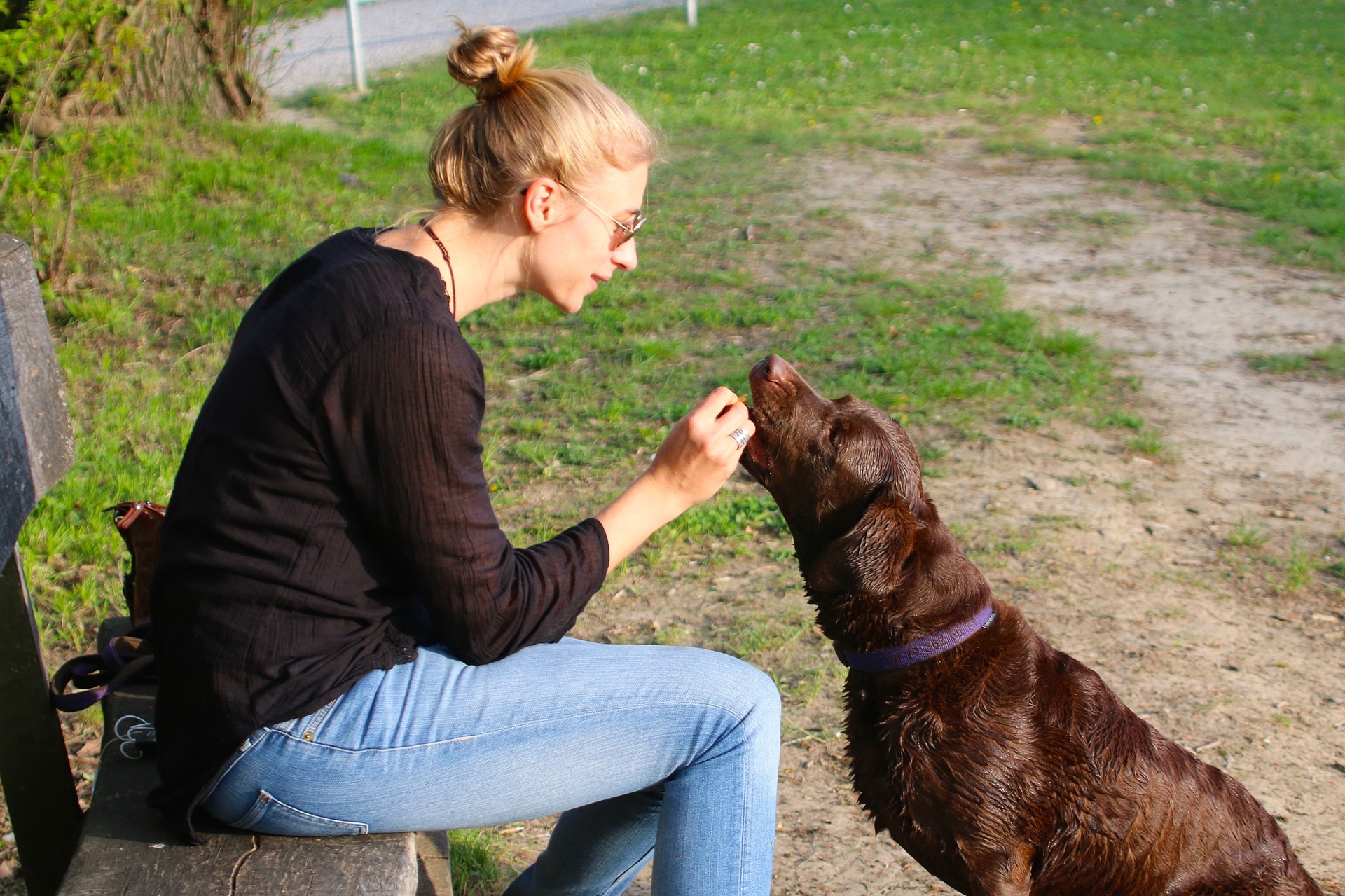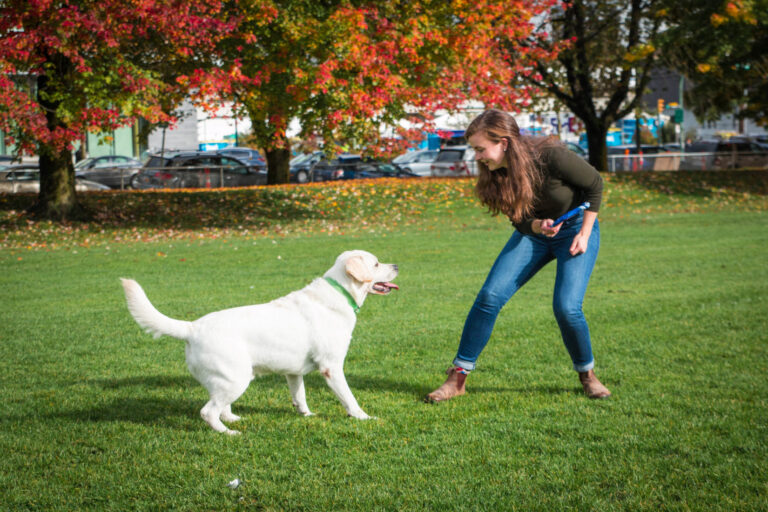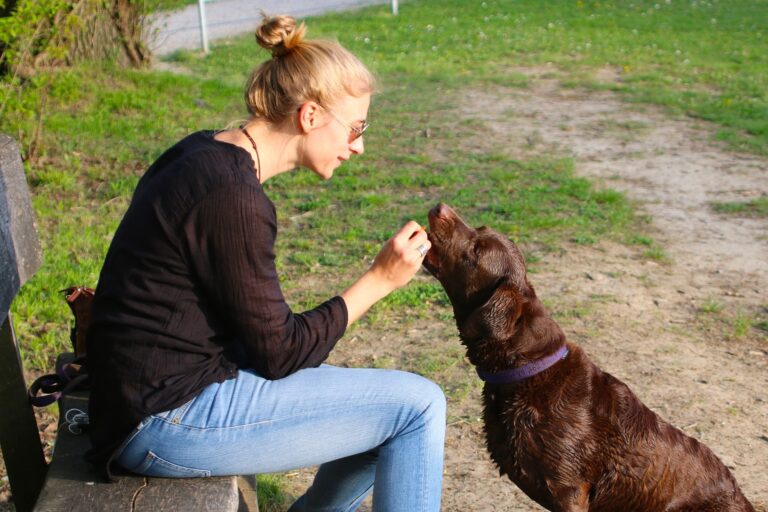Welcoming a dog into your family is a major decision, and for many prospective owners, purchasing from a reputable breeder remains the gold standard. Unlike adopting an adult dog or buying Hunde vom Züchter from a pet store, a responsible breeder provides transparency, health guarantees, and early socialization that set your puppy up for lifelong success. Here’s everything you need to know to navigate the breeder process safely and ethically.
1. Why Choose a Reputable Breeder?
- Health Screening & Genetic Testing: Top breeders perform breed-specific health tests—hips and elbows (OFA), heart exams, eye certifications—to reduce hereditary diseases like hip dysplasia or progressive retinal atrophy.
- Predictable Temperament & Size: Because breeders know the lineage, they can advise whether a puppy will suit your living situation and activity level (e.g., high‑energy working dogs vs. calm lap companions).
- Early Socialization: Puppies raised in a breeder’s home benefit from littermate interaction, exposure to household sights and sounds, and the breeder’s hands‑on care, fostering sound behavior.
- Contractual Protections: Reputable breeders provide written contracts outlining health guarantees, spay/neuter requirements, and a return‑to‑breeder clause if life circumstances change.
While shelters and rescues do wonderful work, buying from a responsible breeder ensures you understand your puppy’s medical history and lineage from day one.
2. Researching and Selecting the Right Breeder
A. Identify Breed Characteristics
Before contacting any breeder, clarify why you want a particular breed. Consider:
- Energy Level: Does the breed require daily running or are they couch‑potato friendly?
- Grooming Needs: Long‑haired breeds need frequent brushing and professional trims; short coats require minimal maintenance.
- Size & Space: Will a large‑breed puppy thrive in your apartment, or do you have a fenced yard?
B. Find Accredited Breeders
- Breed Clubs & Kennel Clubs: National organizations (e.g., American Kennel Club, United Kennel Club) and breed‑specific clubs maintain directories of “breeder members” who adhere to codes of ethics.
- Word of Mouth: Speak with local veterinarians, groomers, and trusted dog‑owner friends for referrals.
- Online Reviews & Forums: Vet testimonials and online communities (e.g., breed‑specific Facebook groups) to gauge a breeder’s reputation.
C. Important Questions to Ask
When you reach out, a quality breeder will welcome—and ask—you to ask questions:
- Health Clearances: “Which health tests have been done on the parents, and can I see certificates?”
- Pedigree & Lineage: “Can you share multi‑generation pedigrees, and have you bred for working or show lines?”
- Breeding Practices: “How many litters does a dam have in her lifetime, and how do you care for whelping and neonatal puppies?”
- Socialization & Training: “At what age do puppies leave, and how are they introduced to people, noises, and house routines?”
- Contracts & Guarantees: “Do you provide a written health guarantee and a spay/neuter agreement? What’s your return policy if I can’t keep the puppy?”
A responsible breeder will ask you about your home, lifestyle, and experience with dogs, ensuring a good match.
3. Visiting the Breeder: Red Flags and Green Lights
Green Lights (Good Signs)
- Clean, well‑ventilated, and organized premises where dogs have space to move freely.
- Puppies raised in the home rather than isolated kennels, with exposure to people, household sounds, and early housetraining.
- Cheerful, outgoing puppies who approach you confidently—shy or fearful behavior at 6–8 weeks warrants caution.
- Transparent disclosure of health records, including puppy vaccination and deworming logs.
Red Flags (Warnings)
- Sick, thin, or lethargic puppies and adult dogs, indicating poor nutrition or disease.
- Overcrowded, unsanitary conditions where dogs are kept in stacked cages or outdoors without shelter.
- Reluctance or refusal to show you the dam, sire, or health certification documents.
- Pressured sales tactics: demanding immediate deposits or discouraging independent veterinary checks.
Trust your instincts: if something feels off, walk away and continue your search.
4. The Purchase Process and Initial Care
A. Reservation and Deposit
Once you select a litter, expect to place a refundable deposit (usually 20–30% of the purchase price). The breeder should provide a receipt and a provisional purchase agreement detailing terms.
B. Pre‑Pickup Preparation
- Puppy Supplies: Crate, bedding, food and water bowls, age‑appropriate kibble (preferably the breeder’s brand to avoid digestive upset), puppy pads, chew toys, and a safe collar and leash.
- Veterinarian Selection: Schedule a wellness exam within 3–5 days of pickup to verify health, continue vaccination series, and ask about deworming and heartworm prevention.
C. Bringing Puppy Home
- Introduce gradually: confine to one or two rooms at first to avoid overwhelming the puppy.
- Maintain feeding schedule: keep the breeder’s feeding times and food amount to prevent gastrointestinal distress.
- Start housetraining: puppies can hold their bladder roughly one hour per month of age (e.g., 2 hours at 2 months).
5. Long‑Term Partnership with Your Breeder
A reputable breeder views placement as the beginning—not the end—of their relationship with you. Expect:
- Ongoing Advice: Guidance on training, behavior, breed‑specific quirks, and health management throughout the dog’s life.
- Rehoming Support: A clause in the contract specifying that if you can’t care for the dog later in life, the breeder will take them back or assist in finding a new, suitable home.
- Health Updates: Periodic check‑ins requesting information on the dog’s health, temperament, and any hereditary issues that may emerge.
This lifetime partnership underscores the breeder’s commitment to the breed’s welfare and your dog’s well‑being.
6. Cost Considerations and Ethical Responsibilities
A. Financial Investment
- Purchase Price: Varies widely—heritage or rare breeds command higher prices ($1,500–$5,000), while more common breeds range $800–$2,000.
- Veterinary Care: First-year medical expenses (vaccinations, spaying/neutering, microchipping) can exceed $1,000.
- Ongoing Costs: Quality food, grooming, training classes, and pet insurance add up to $50–$100 monthly.
B. Ethical Ownership
- Never support puppy mills or backyard breeders who forgo health testing and socialization.
- Commit to lifelong care: dogs live 10–15 years on average.
- Spay or neuter according to breeder’s guidance and veterinary advice to prevent overpopulation and reduce health risks.
By choosing a responsible breeder and upholding your end of the contract, you help promote healthy, well‑bred dogs and ethical breeding practices.
Conclusion
Bringing home a puppy from a reputable breeder is a rewarding journey that begins with thorough research, thoughtful breeder selection, and ongoing partnership. While the initial investment—in time, effort, and finances—is significant, the benefits include predictable health and temperament, robust support, and the knowledge that your puppy’s ancestry has been carefully stewarded. Follow this guide to ensure you find a breeder who prioritizes canine welfare and sets you and your new companion up for years of mutual happiness.

















+ There are no comments
Add yours